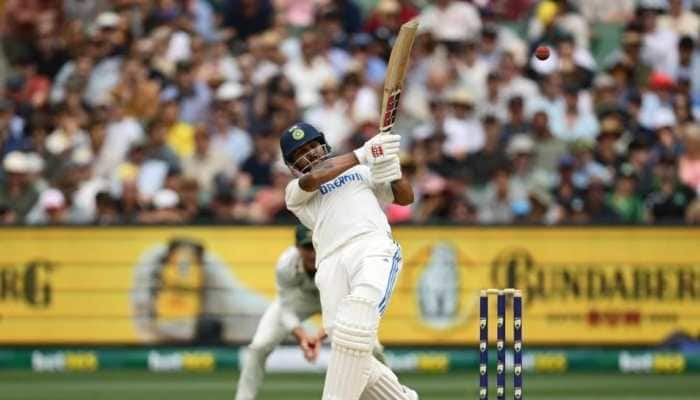Govt to lower number of PSBs to 10-15: FinMin advisor
FinMin advisor said bad loan problems is the first priority and after that the PSU banks could be consolidated.
Trending Photos
)
New Delhi: India will have 10-15 public sector banks with government's majority stake, down from 21 at present, as part of its plan to consolidate banks, Finance Ministry's principal economic advisor Sanjeev Sanyal said on Friday.
He said cleaning up of the bad loan problems is the first priority and after that the PSU banks could be consolidated.
"There are something like 21-22 public sector banks.. The numbers will be reduced in terms of consolidation, but somewhere to the 10-15 range. We are not going to take it too far down...We need to consolidate some of these large number of banks, but be clear that we are not going to reduce these down to some people think like 4-5 national champions.
We recognise that that will lead to too many 'too-big- to-fail' banks. Currently, we have one large bank State Bank of India... We do not want to create a large number of them. Then we will have a real problem in terms of concentration of risks," Sanyal said at the India Economic Summit.
He said consolidation of banks is longer term commercial decisions, whereas recapitalisation of PSBs is "more an urgent issue" in order to get the banking system running again.
Adding to inefficient banks does not lead to a bigger efficient bank. So, this cleaning up of the bad loans problem is the first priority, he said.
As part of the clean up process, the RBI has already started recognising the bad assets, provision them and is taking some of them to bankruptcy and insolvency process.
"Now, the second step consequently is recapitalisation and getting these banks running again... That will be done in next few months. The government is fully aware that we need a much larger banking system by factors of multiple than what it is today," Sanyal said, adding India's banking system is way too small for future and needs to be expanded significantly.
Recapitalisation bonds is one of the options for infusing capital into banks, he said, adding that the government could also dilute its stake in some lenders to 52 percent.
"There are many options and all of them will be explored in combination," he said.
In the last consolidation drive, five associate banks and Bharatiya Mahila Bank (BMB) became part of State Bank of India (SBI) on April 1, 2017, catapulting the country?s largest lender to among the top 50 banks in the world.
State Bank of Bikaner and Jaipur (SBBJ), State Bank of Hyderabad (SBH), State Bank of Mysore (SBM), State Bank of Patiala (SBP) and State Bank of Travancore (SBT), besides BMB, were merged with SBI.
While deciding on the consolidation, the ministry would keep in mind factors like regional balance, geographical reach, financial burden and smooth human resource transition. Also a very weak bank would not be merged with a strong one "as it could pull the latter down".
As per S&P Global Ratings, PSU banks will need at least Rs 1.9 lakh crore additional capital by March 2019 as the lack of it will restrict their ability to write down non-performing loans.
Sanyal further said the government is moving from "rent- seeking patronage-based economy" to "rule-based, entrepreneur based economy".
"When you introduce radical changes like this (demonetisation and GST), you have to expect unintended consequences. So, it was a huge political step to step into the water and then learn to swim," he added.
Stay informed on all the latest news, real-time breaking news updates, and follow all the important headlines in india news and world News on Zee News.
Live Tv







)
)
)
)
)
)
)
)
)
)
